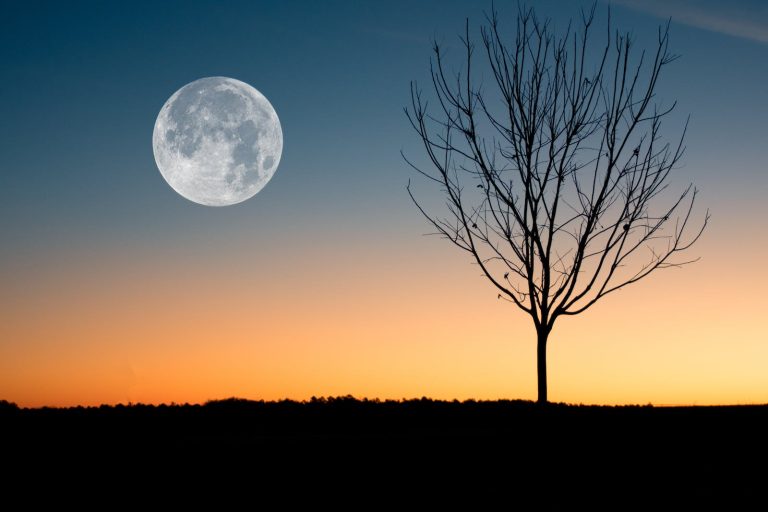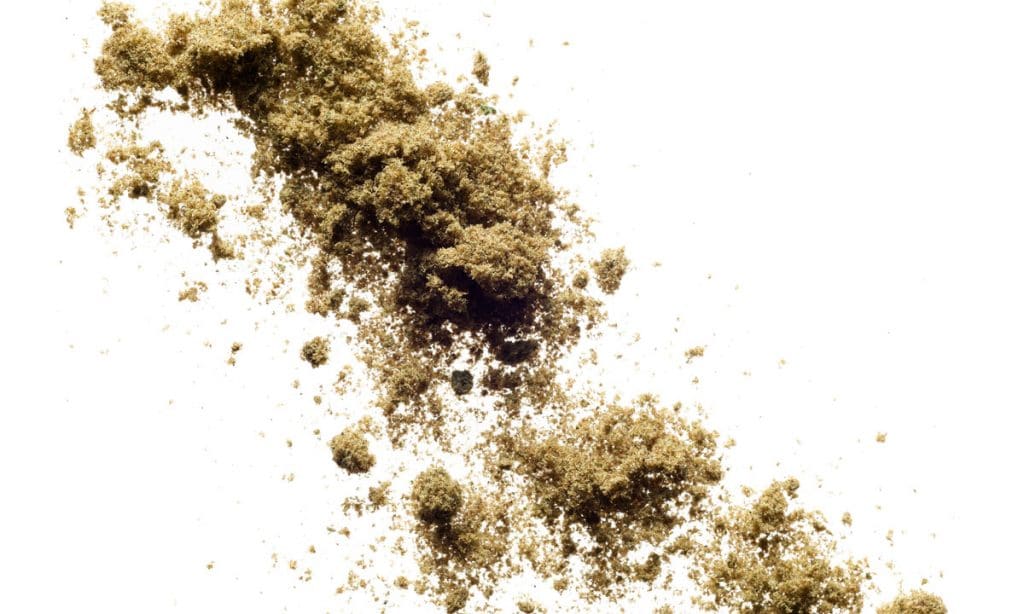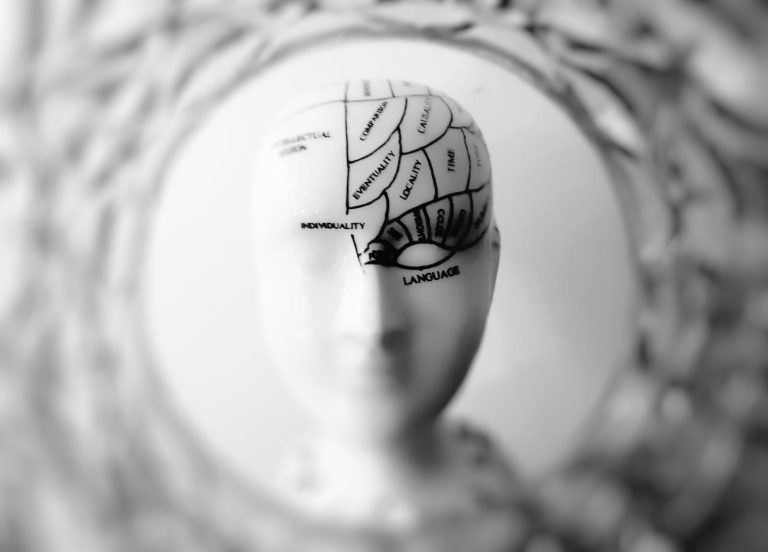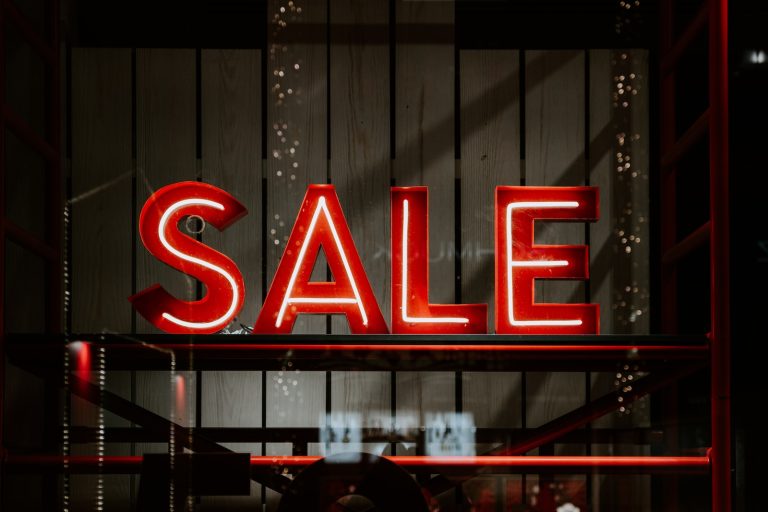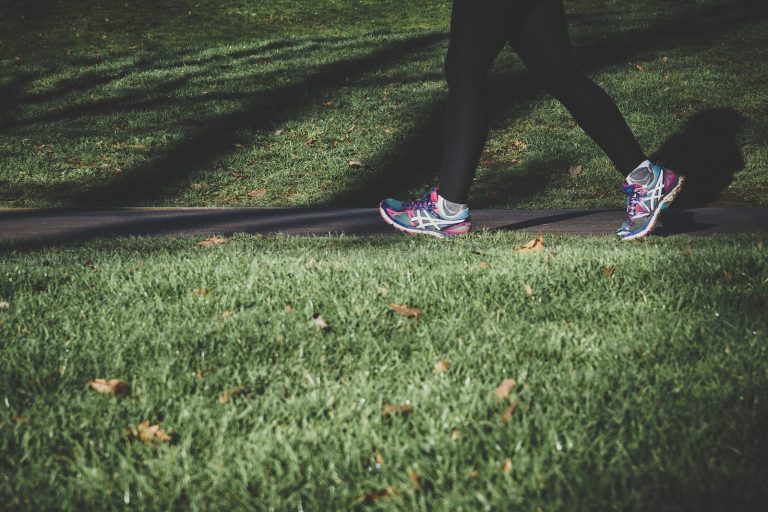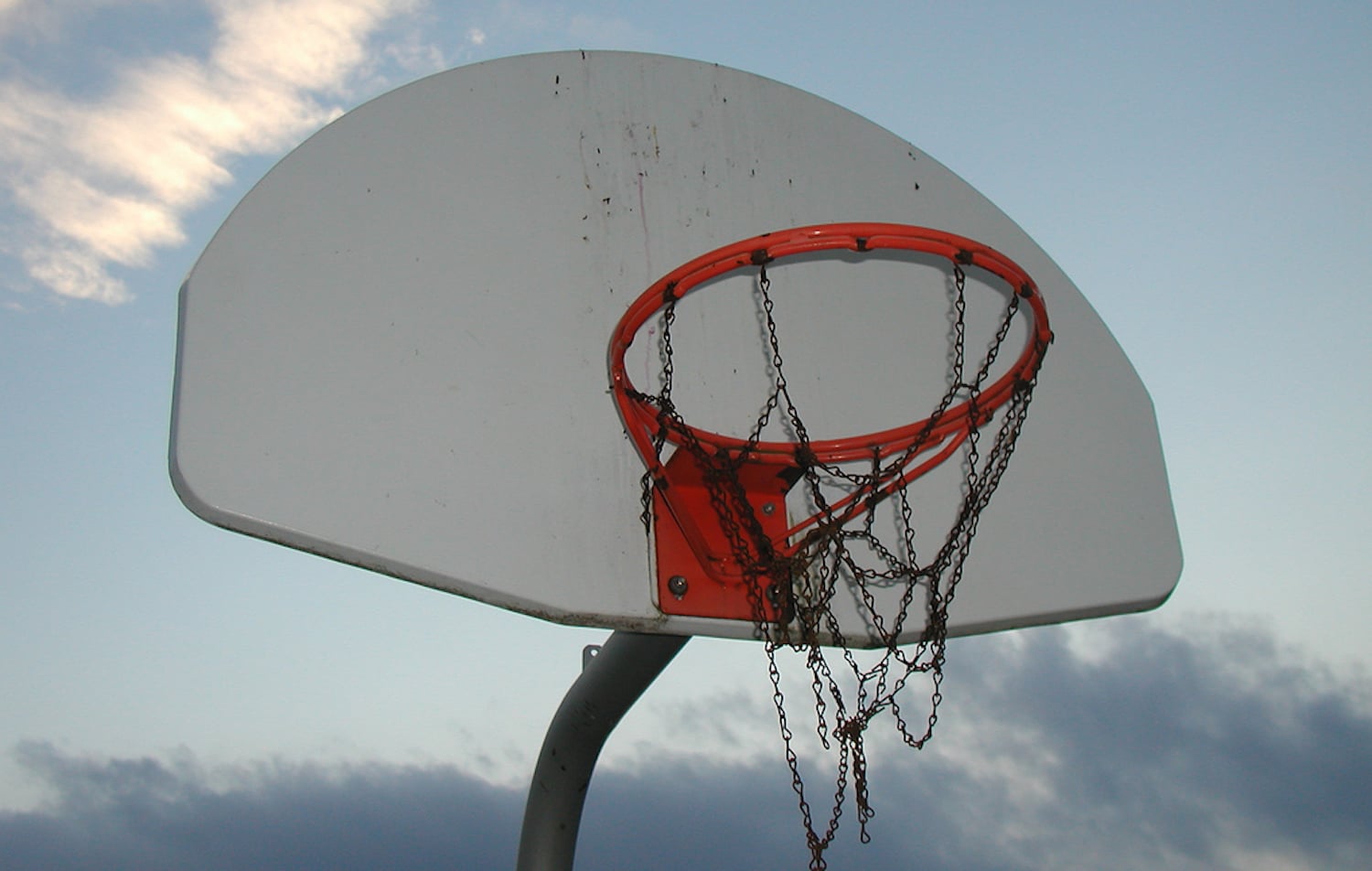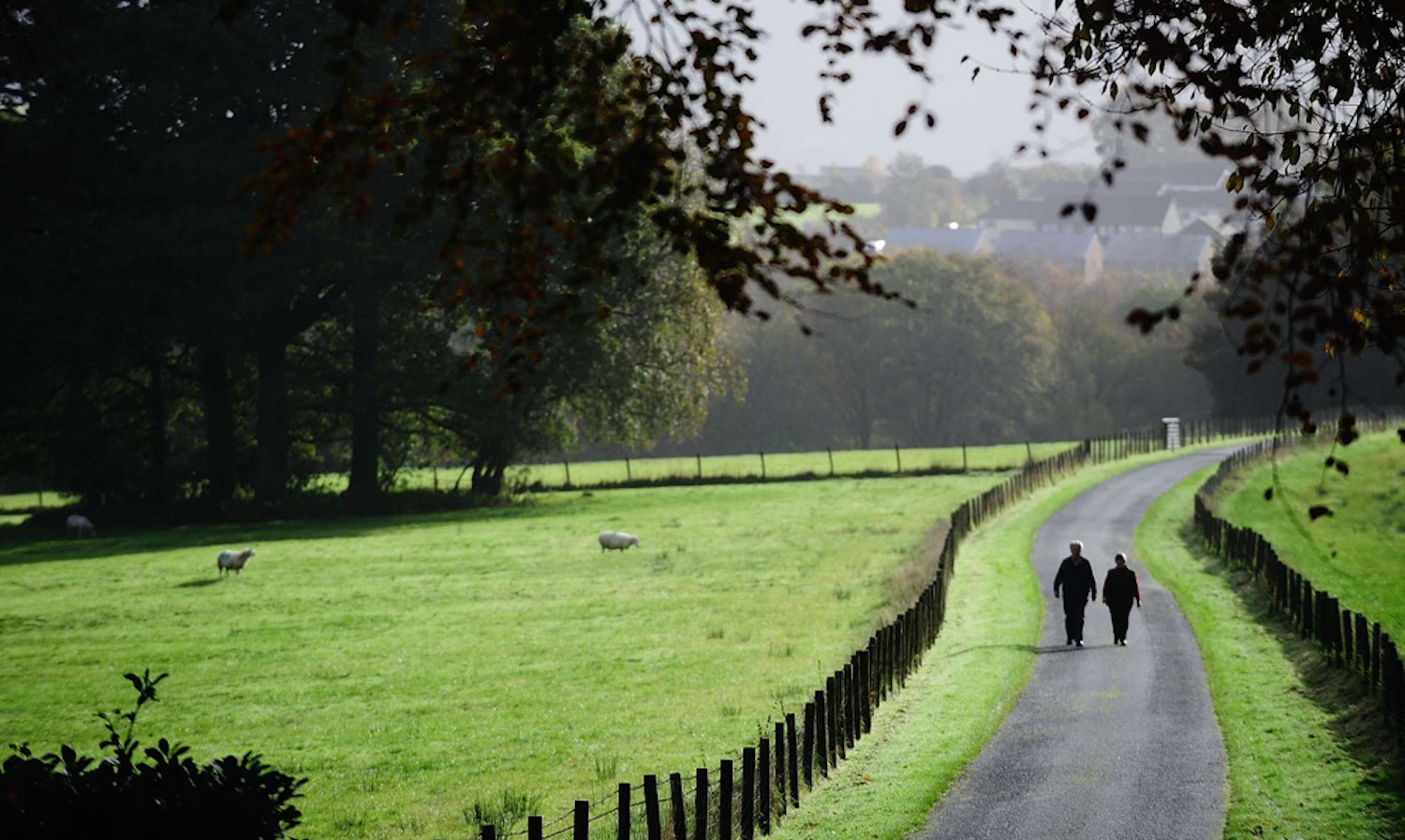It is cold outside for the majority of the country, so here are so treats to keep warm
The first severe cold front is sweeping the country and it is flat out freezing. When out in below 32 temperatures, the body begins to lose heat faster than produced. Prolonged exposure will eventually use up your body’s stored energy. The result is hypothermia, or abnormally low body temperature. So why risk it? Why not find your favorite brown water and huddle inside with friends, loved ones or your favorite flick.
These bourbons will keep you warm on a cold day.

Bib & Tucker Double Char
This bourbon is great to sit by the fireplace or fire pit and let the warm slowly move through your body. Inspired by the turn of the century, when food was cooked on the open flame, this new bourbon is aged twice to create savory smoky notes and an exceptionally smooth finish. A touch of smoke with immediate notes of toasted oak and delicious dulce de leche, is has a background notes of cinnamon and clove. This is a great combination on a wintery day.
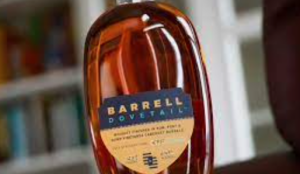
Barrell Dovetail Bourbon
Feeling trapped inside by the ice, snow and temperatures, this bourbon will take you on an adventure. Dovetail is blended to highlight some of flavor. Woody bourbon; terroir driven Dunn Cabernet; toasted French oak; Late Bottled Vintage Port pipes; black strap molasses casks; all working in tandem to create a buttery and deep whiskey as unique as it is delicious. This is like wrapping yourself in a blanket while dozing up inside.
RELATED: The Most Popular Marijuana Flavors

Still Austin Bourbon
This is a double gold winner can chase the chill away as you bing your favorite shows. The Godfather, The Expanse, or The Fast and Furious. The lights a fire in your gut and keeps you warm all day and into the night. The sweetness of chef-grade white corn—the same kind used in Austin’s famous tortillas—complements the spiciness of our high-rye mash bill. Notes of apple, toasted coconut and other flavors will treat you taste buds and your mind savors a good film.
RELATED: The Most Popular Marijuana Flavors
Bourbon’s popularity began rising in 2010 and, according to the Kentucky Distiller’s Association, bourbon production has increased by 495% since 1999. We talked to Charles at the Total Wine in Seattle and he had some great suggestions, Feel free to open a bottle, plop on the couch and enjoy a leisurely day staying warm with your favorite beverage.


